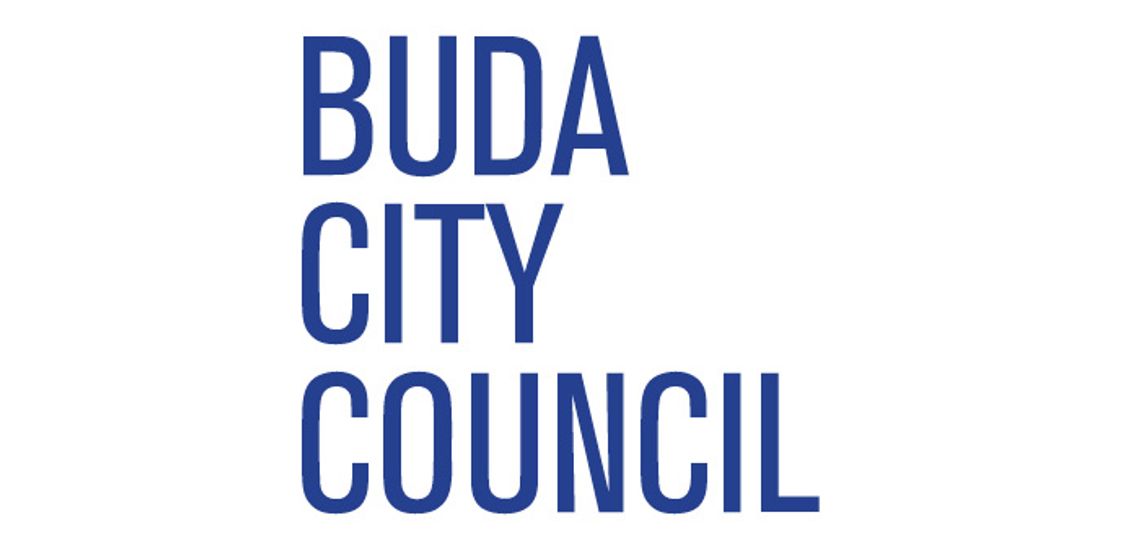Patience is wearing thin for some Buda city leaders who worry progress isn’t moving fast enough on the remaining 2014 bond infrastructure projects.
Those frustrations led to a nearly 30-minute finger pointing session during the Aug. 7 Buda City Council meeting as officials and council members alike tried to pinpoint the cause of the slowdown.
At issue was the progress of the majority of $7 million in drainage projects under Proposition 4 of the Buda bond, which was approved by voters in November 2014.
At issue was the progress of the majority of $7 million in drainage projects under Proposition 4 of the Buda bond, which was approved by voters in November 2014.
John Nett, Buda city engineer, said the design phase for all five drainage projects is currently at 90 percent. While some projects, such as drainage improvements on Houston Street and Oxbow neighborhood, are progressing, movement on projects along West Goforth, FM 2770 and Bluff Street aren’t moving quite as rapidly.
During an update on Proposition 4, Nett said a primary obstacle is obtaining easements and right-of-way (ROW) from property owners.
Nett said George Hyde, Buda city attorney, has worked with property owners and has in some cases secured possession and use agreements for ROW and easements for some projects. During the course of discussion, Nett said such agreements negate the need for the city to exercise eminent domain proceedings, which “would have left a bad taste in everyone’s mouth.”
While Nett said the process might be frustrating for council members and residents, the city must respect property rights and listen to residents’ concerns during the process.
One example was hosting a citizens town hall meeting in July with neighbors in the Oxbow community. Nett said the city gained access to properties from residents to stake out the limits of proposed infrastructure improvements.
However, Buda Mayor George Haehn believed it was “beyond ridiculous” how little progress has been made on the Proposition 4 projects, roughly four years after voters approved it. He cited the construction of the Hoover Dam taking six years.
While Haehn believed the city still needed to do its due diligence on ensuring improvements are enough to curb flooding problems, he was frustrated by how much time it takes to get permits.
Haehn advocated talking with state officials to improve how permits are issued. Ultimately, Haehn said, in some cases, the city is “building a damn ditch.”
“We don’t want to hurt anybody and we don’t have to use eminent domain,” Haehn said. “But it seems to me there is a glitch in the system somewhere and we are stuck in limbo and we’ve been there.”
Hyde said part of the issue is the amount of time needed for clearance from state regulators.
During the course of obtaining ROW or easements, any reservations from a property owner can halt a project six to nine months.
Haehn said he didn’t want to be the person “run out of town” if properties flood before any work is done.
“When the folks come for me with nooses and pitchforks, whose head do I put on a platter?” Haehn said.
Lee Urbanovsky, Buda City Council Place 1, had issues with proposed scheduled construction start dates, which have been pushed back several times. While Nett said he told staff to limit specific dates, having a schedule helps keep progress moving forward.
However, with some projects not letting until after the rainy season, Urbanovsky said the city could “test fate one more time.”
Buda City Manager Kenneth Williams said he is “not so sure” if the city can get HDR and Freese & Nichols, the city’s consultants on the projects, to be accountable and responsive.
Williams advocated for creating an in-house project management team to handle remaining bond projects. He cited Buda’s move to cut ties with ECM International, which had overseen the new municipal building project until 2016.
“With these buildings, once we got rid of some people and got our own project manager in-house, they got built,” Williams said. “We need people who have our best interest at hand everyday.”











